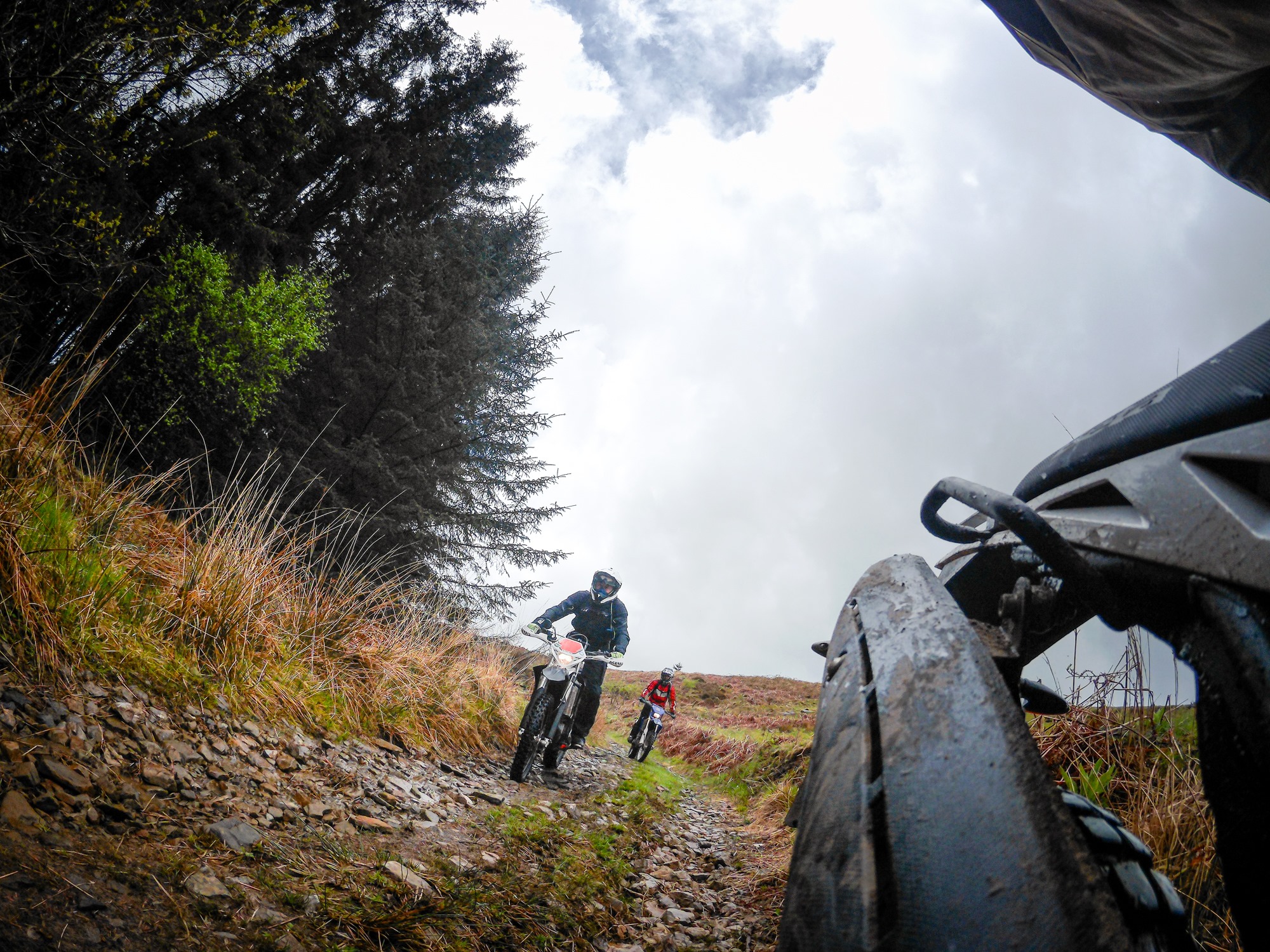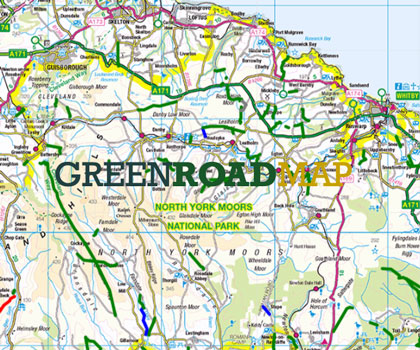Go quietly...
Whilst we like to think of the countryside as a quiet and tranquil place this is not an entirely true reflection of reality. The railway and road network criss-cross the nation, agricultural and forestry operations all generate more than their fair share of noise. A passing motorcycle ridden responsibly adds little and is gone in a moment. However, Andrew Dalton from motorcycling solicitors White Dalton takes a closer look at how riders can play their part in minimising their impact in the countryside.
Trail riders are governed by the same exhaust emission laws as any other motorcyclist when using the trails. If you have a BS approved pipe, you haven’t tinkered with it and you ride it considerately then the law has no interest in you.
The rules are moderately complex but they are easy to follow. The duty to make pipes legal falls upon the manufacturer of the original equipment or the replacement part. Motorcycle exhaust pipes do fail over time and will need replacing – and in order to be lawful, the pipes must meet the regulations but for the ordinary motorcyclist, a pipe marked with a BS kitemark or an ‘e’ compliance mark have been tested[1] and meet the noise requirements. The manufacturer must make the compliance mark visible when fitted to the motorcycle.
The rules are clear, the pipe must be fitted in the way the manufacturer intended and, for example, removal of baffles or any part of the exhaust which alters the gas flow render the pipe unlawful [2].
Tinkering with the exhausts or putting a non BS pipe on a bike can have some serious insurance consequences. An insurer will always ask if there have been any adaptations to the motorcycle. A non-standard pipe clearly is an adaptation from stock as is removal of a baffle or a catalyser. Your insurer has the right to limit or void your policy if they ask this question and you answer untruthfully or carelessly. Put bluntly, if you “accidentally” fit an aftermarket pipe, marked ‘NOT FOR ROAD USE’ you are going to be riding with no theft or fully comp cover and if you are involved in a claim, any third party will be paid out but you may well end up being chased by your insurer for whatever they have paid out.
The TRF works on the basis that all users of the lanes will use the lanes with cooperation and courtesy. A legal pipe being used noisily creates an offence in its own right [3], so pointlessly revving your bike, in gear, is an offence. Likewise, if your bike is stationary for any significant period of time, then you need to kill the ignition [4]. These summary offences need to be reported to the Magistrates in six months but there is no 14 day requirement to request the name of the rider. There is a rebuttable presumption in law that the registered keeper of the vehicle is the rider. These offences are set out ion the Construction and Use Regulations [ 3, 4]
These offences are non endorseable, i.e. it does not attract penalty points, but can attract a fine of up to £1,000.
Inconsiderate use of a running motorcycle, however, can attract penalty points for either careless of inconsiderate driving [5]. For example, revving your motorcycle in the vicinity of a horse (which is remarkably dangerous for everyone in the vicinity) is an offence – and could quite easily be prosecuted as dangerous, which would result in a mandatory one year ban and loss of all licences and an extended retest. As a matter of law, the owner would need to be requested to name the rider within 14 days for an offence to be made out.
Inconsiderate riding would also encompass riding a motorcycle noisily when you did not have to, which is also a Construction and Use offence which can be prosecuted up to six months post offence.
The police also have the power, usually exercised when there is a problem of illegal motorcyclists riding in an antisocial manner to issue s59 notices which follows both the rider and the vehicle. If your riding causes distress of annoyance, and is not otherwise lawful (so someone being distressed or annoyed by your ordinarily considerate riding of your street legal trail bike, does not constitute a ground for using these powers) then, if witnessed by a police officer, that uniformed officer has wide ranging powers including the seizure of a motorcycle he reasonably believes to be caught with in the Act [6].
So, what is the takeaway? A legal exhaust, with a considerately ridden motorcycle will not be committing any offence. An illegal exhaust is always an offence and an unpleasantly ridden machine will be likely to be committing a range of offences. As ever, the golden rule is to be legal and considerate.
[1] The Motor Cycle Silencer and Exhaust Systems Regulations 1995 Reg 97
[2] The Road Vehicles (Construction and Use) Regulations 1986 [C&U reg 54].
[3] The Road Vehicles (Construction and Use) Regulations 1986 reg 97
[4] The Motor Cycle Silencer and Exhaust Systems Regulations 1995 Reg 98
[5] Road Traffic Act 1988 s1 & s3
[6] Police Reform Act 2002
5 Steps to reducing noise impact
Always use a legal exhaust...
Look for a BS kite mark or an 'e' compliance mark
Never tamper with your exhaust...
The pipe must be fitted in the way the manufacturer intended. Removal of the baffles will render the pipe unlawful
Ride the gear high...
In ordinary riding, keeping in a higher gear to limit noise and avoid to unnecessary wheel-spin
Keep the revs low...
A legal pipe being used noisily creates an offence in its own right, so pointlessly revving your bike, in gear, is an offence
Ride in small groups...
Keep groups at 6 or fewer riders. There is no offence of riding in a large group, but more bikes equals more noise




